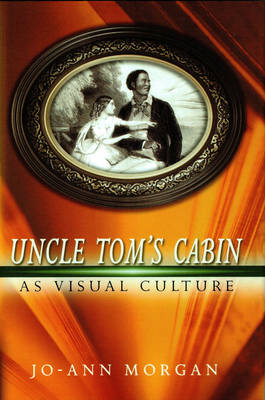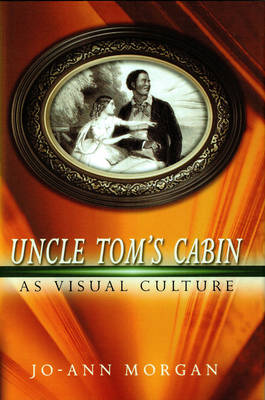
- Retrait gratuit dans votre magasin Club
- 7.000.000 titres dans notre catalogue
- Payer en toute sécurité
- Toujours un magasin près de chez vous
- Retrait gratuit dans votre magasin Club
- 7.000.000 titres dans notre catalogue
- Payer en toute sécurité
- Toujours un magasin près de chez vous
Description
By personalizing the experiences of American slaves, Harriet Beecher Stowe's Uncle Tom's Cabin had a profound effect on public attitudes toward slavery on the eve of the Civil War, but Stowe's narrative was not the whole story. Jo-Ann Morgan now reveals how prints and paintings of Uncle Tom and other characters in the novel also shaped public perceptions and how this visual culture had its own impact on history.
Through illustrations in various editions of the book, advertisements for stage productions, paintings of favorite scenes, and even sheet music for Tom-inspired songs, Stowe's work took on a visual as well as a textual existence. Morgan explores the rich visual discourse generated by Uncle Tom's Cabin within the context of evolving social conditions and political events of nineteenth-century America to show how images associated with the text came to have lives of their own.
Although Uncle Tom is a recognized icon of American culture, this is the first book to concentrate on the visual discourse involving the character, interpreting a period of American sociocultural history that has been neglected by art historians. Morgan shows how these iconic images offered the country a means of both representing and reinventing its slave past. By examining illustrations by Hammatt Billings and George Cruikshank and the work of painters such as Winslow Homer, Eastman Johnson, Henry Ossawa Tanner, and Thomas Satterwhite Noble, she breaks down boundaries between high art and popular culture to demonstrate how these distinctions helped validate the views of elite producers of culture.
Morgan argues that the popularity of Uncle Tom's Cabin made it dangerous to prevailing attitudes and the institutional structures kept in place by them, as pictures joined words to challenge patriarchy. She shows how subsequent visual strategies were used to coax the subversive potential of Stowe's work back within accepted boundaries, as imaging of black people was involved in a cultural backlash against decades of abolition propaganda. Pictures of figures once read as sympathetic were redefined into an alternative propaganda to reinforce white supremacy and put limits on African Americans' access to citizenship after emancipation.
Despite the simultaneous existence of an urban-based, business-class clientele for paintings and a more popular audience for book illustrations, show posters, and sheet music, Morgan shows that representations of blacks tended to reinforce social hierarchies and protect established regimes. Uncle Tom's Cabin as Visual Culture is a compelling reexamination of an American icon--and a persuasive case study in how representations of African Americans change in response to social and political agendas.
Spécifications
Parties prenantes
- Auteur(s) :
- Editeur:
Contenu
- Nombre de pages :
- 240
- Langue:
- Anglais
Caractéristiques
- EAN:
- 9780826217158
- Date de parution :
- 01-05-07
- Format:
- Livre relié
- Format numérique:
- Genaaid
- Dimensions :
- 164 mm x 242 mm
- Poids :
- 517 g







